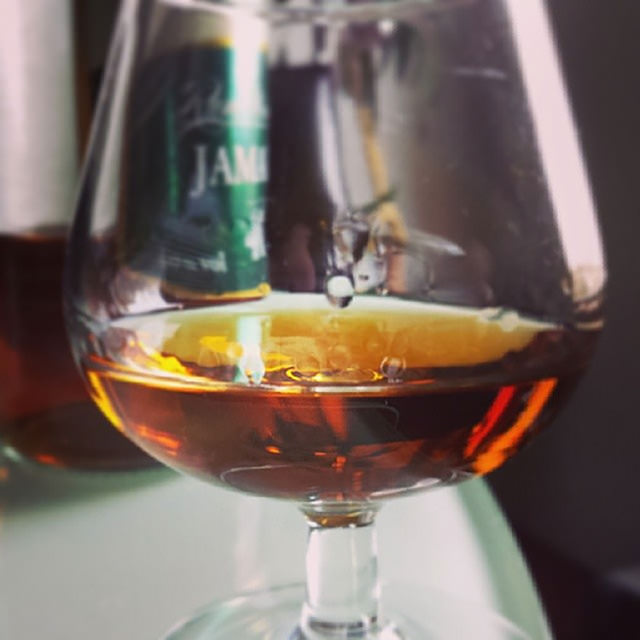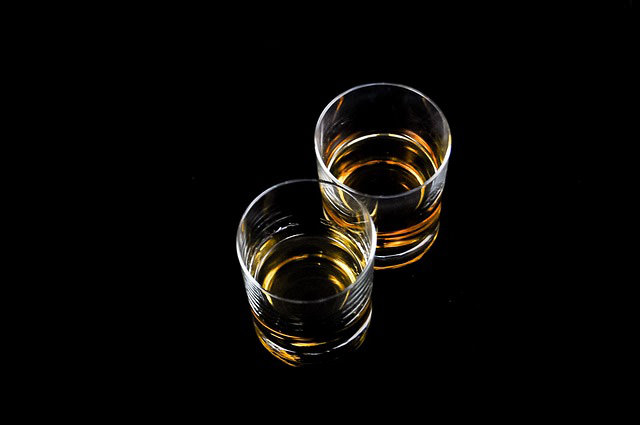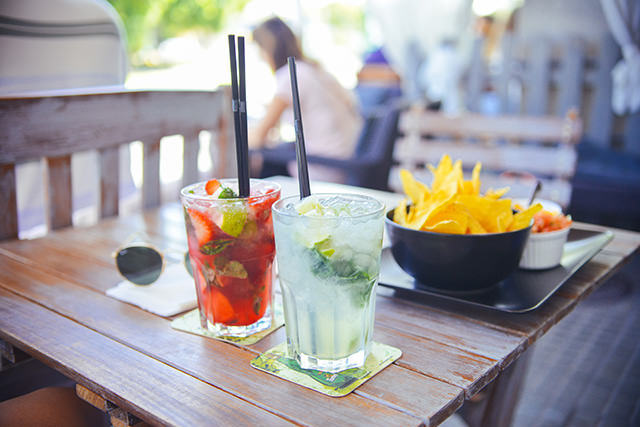The articles concerning alcoholic beverages put out by this publication have been numerous. So we thought it wouldn’t be a bad idea to talk about what alcohol actually is and how it’s made. Welcome to alcohol 101.
Firstly, what we, informally, call alcohol, is actually ethanol or ethyl alcohol. There are many different types of alcohol. Ethanol is the only one that is consumed by humans. Other types of alcohol are methanol (wood alcohol) and ethchlorvynol (used in medical contexts).
But don’t worry about those; it’s ethanol we are after. It is classified as a psychoactive drug and depressant and is one of the most widely used recreational drugs in the world. It occurs naturally as a byproduct of the metabolic process of yeast and can be commonly found in overripe fruits. Many animals will happily indulge when they stumble upon it and are affected in much the same ways as humans. Man, however, is the only known species that intentionally produces ethanol.
And man’s been busy during the ages. Late Stone Age jugs from around 10,000 BC showed evidence of intentionally fermented beverages. It’s not a far stretch then to assume that brewer is probably the second oldest profession in the world.
As mentioned earlier, ethanol is produced by the fermentation of sugars by yeasts. It’s as simple as that. If you leave an opened carton of fruit juice out of the fridge for a couple of days it can turn into alcohol. Early man noticed this too and quickly figured out how to mimic the process. History happened and the human species figured out how to ferment all sorts of different beverages that are delicious and give you a great buzz as well.
(Note: If you’re wondering which role distillation plays in all of this. Distillation is simply the purification of a fermented mixture to reach a higher ethanol content.)
That’s the basis on alcohol. Next week we will go into the history and production of that most noble of alcoholic beverages, fermented grape juice.
Cheers!
[Article by Alexander Eeckhout]



 0
0